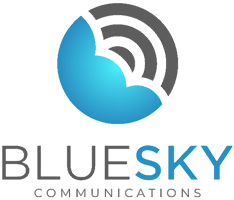Technology has become an integral part of most small businesses. Email has replaced the fax machine. An onslaught of mobile devices have replaced cash registers, binders and note pads. Pencil and paper no longer keep up with the velocity of business today. In order to attract new customers and deliver products and services at competitive prices, small business technology is the cornerstone to automation and profitability.
Cloud computing, mobility and consumerization of IT make it affordable for small businesses to deploy systems that were once reserved for large scale enterprise. With ready access to small businesses technology, there is also more reliance on these core systems. Small businesses are also targets of cyber attack because they may be perceived as more vulnerable and less vigilant. Also, small businesses may be less resilient to business disruption related to systems failure. Accordingly, Small Businesses should take every precaution to protect applications and their data. They should also properly assess their risks and exposure to ensure they get the most from their small business IT Budgets.
What can small businesses do to make sure these systems support the ongoing operations with minimal interruption?
Small Business Technology Inventory
A good place to start is to take inventory of your systems and data. It is good policy to document all of your IT assets including hardware, networking devices, application software and data so you can have a complete view of your IT Systems. Make sure you include mobile devices, cloud computing or software as a service (SaaS) systems, as well as, custom applications and legacy systems.
Small Business Technology Risk Assessment
Once you have your IT Asset inventory, rank the importance of each of these critical systems. Ask yourself: how long can your email be down, what about your account or order processing system, where do you keep your customer data and other information that is critical to your business?
Now that you know where your critical IT assets are, focus on where your risk and exposure may be. You can ask what data may be vulnerable to cyber attack, is my network secure, are my critical systems running on obsolete hardware, which systems may be vulnerable to failure. If possible, try and quantify the costs of any of these outages in terms of loss of revenue, cost of remediation, loss of employee productivity, loss of company reputation, legal fees and other costs.
By focusing your attention to the areas of greatest exposure, you can get a sense where you need to allocate your IT spending. As many small business owners are planning out budgets for next year, now is a good time to perform an IT Risk Assessment. If you need help with assessing where your small business technology exposure may be, contact your IT service and support professional.
